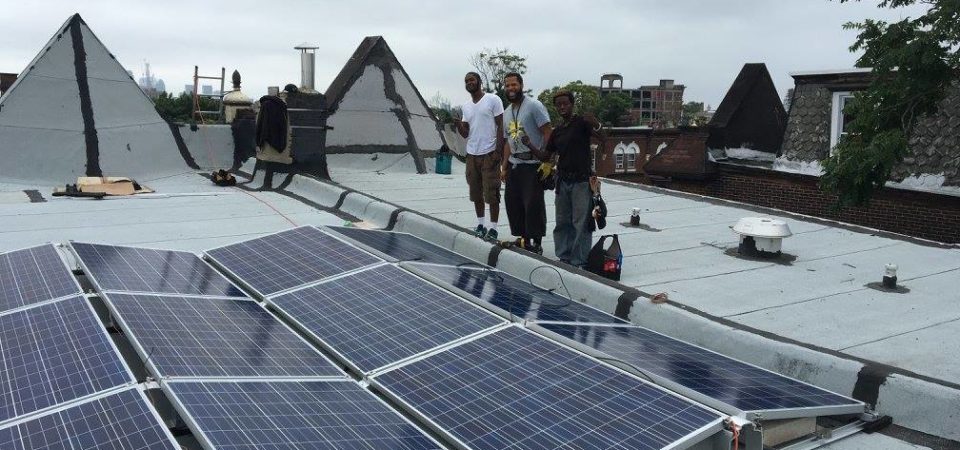“The new approach could even pave the way for 100 percent self-sufficiency in power, heat, and water.”
A new report funded by the Dutch government finds that microgrid technologies could make a local “techno-economy” 90 percent self-sufficient, through the decentralised sharing of energy at the local level between multiple households.
The new approach could even pave the way for “100 percent self-sufficiency in power, heat, and water, and 50 percent self-sufficiency in food production”, according to the report’s author, energy systems engineer Florijn de Graaf.
If optimized properly, microgrids could play a pivotal role in supporting efforts to transition to renewable energy systems and meet climate targets, finds the report published by Netherlands-based energy systems company Metabolic. The report was funded by the Dutch Ministry of Economic Affairs and the Netherlands Enterprise Agency.
Under the Paris Agreement, the Dutch government has pledged to drop its carbon dioxide emissions by 80-95 percent by 2050.
Reaching that goal will require an extraordinary level of effort by any standard. But the use of microgrids—decentralised energy grids that intelligently balance the local supply and demand of distributed clean energy resources—could avoid the need for massive spending on infrastructure upgrades.
You may read the full article here.
The views and opinions expressed through the MAHB Website are those of the contributing authors and do not necessarily reflect an official position of the MAHB. The MAHB aims to share a range of perspectives and welcomes the discussions that they prompt.
